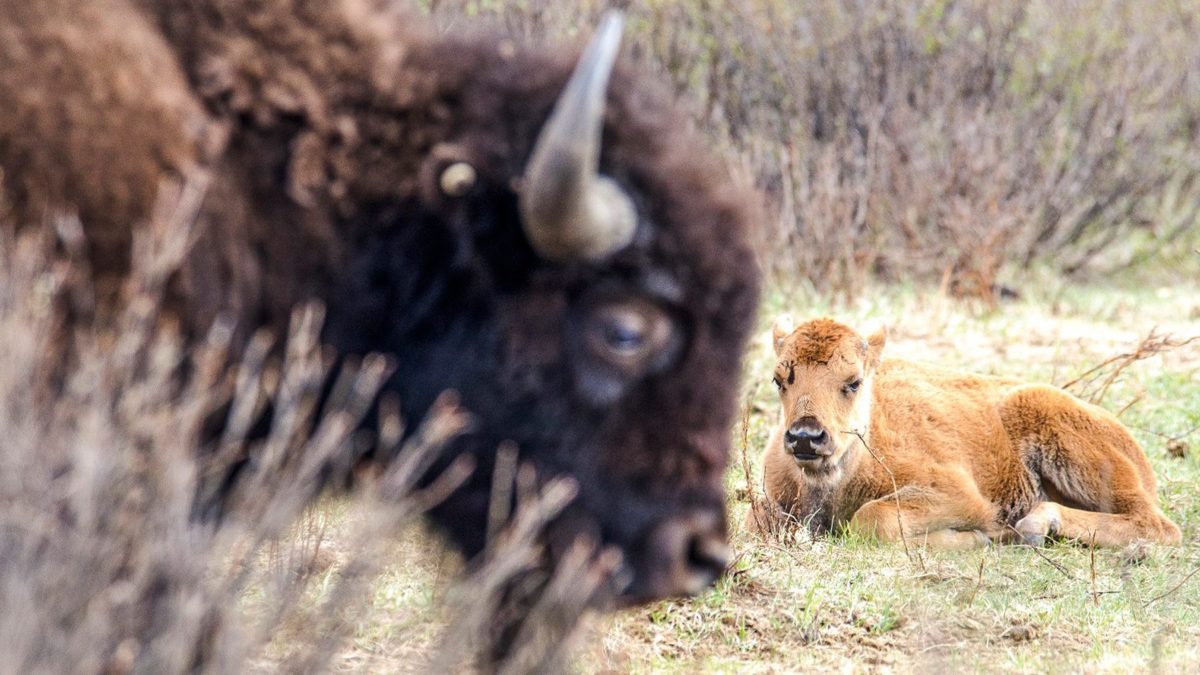As Canada celebrates its 150th anniversary, looking back into the country’s history allows us to begin to mend mistakes from the past. This is the spirit behind Bison Belong, an initiative of the Eleanor Luxton Historical Foundation that has been advocating for the reintroduction of bisons into Banff National Park since 2009.
“The bison is a portal to look into both our history and our ecology,” says Bison Belong coordinator Marie-Eve Marchand, explaining that the mass killing of this animal’s population some 140-odd years ago was primarily done in order to starve First Nations people and force them onto reserves. As if that weren’t devastating enough, the other effect of buffaloes’ disappearance in the region was the loss of a key member of the ecosystem. Historically, Marchand explains, grassland birds would weave the wool shed from bison into their nests. “Spring mornings in Banff are very cold, so that wool increases the birds’ survival.” As well, the large size of a bison’s droppings makes those ideal homes for thousands of species of insects, which themselves feed migratory birds.
This February, Parks Canada answered Bison Belong’s wish by relocating 16 buffaloes from Alberta’s Elk Island National Park. Ten of those were pregnant females, and this April saw the first baby buffalo to be born in Banff since they were driven to the brink of extinction. A grant from the Community Fund for Canada’s 150th helped Bison Belong mark their return with a series of celebrations, as well as an educational event held at the Buffalo Nations Museum in Banff for 300 Grade 4 students from the Bow Valley.
“The story of Banff National Park is part of the story of Canada,” says Marchand. “To be able to create this act of reconciliation in a place of colonialism will help us move forward together.”
Photo by Karsten Heuer / © Parks Canada
